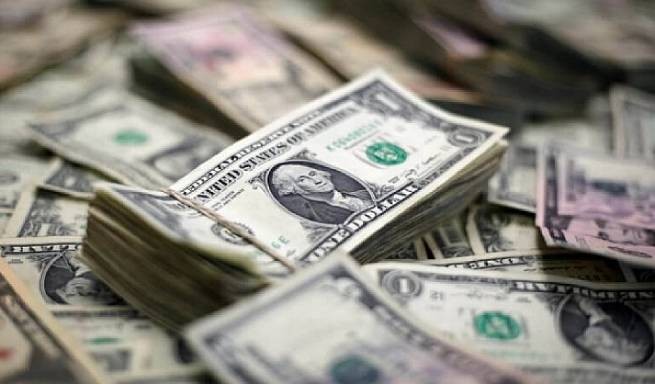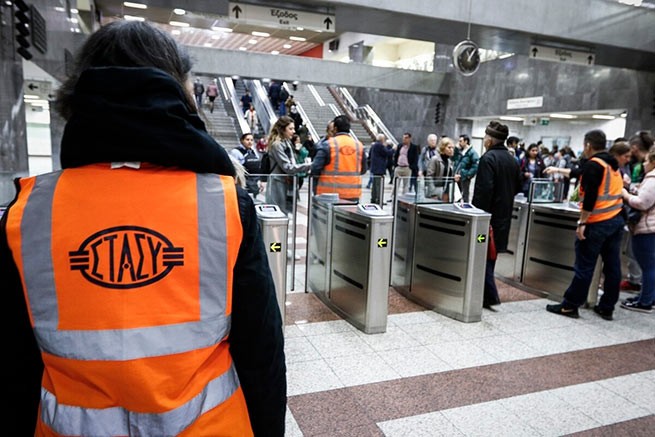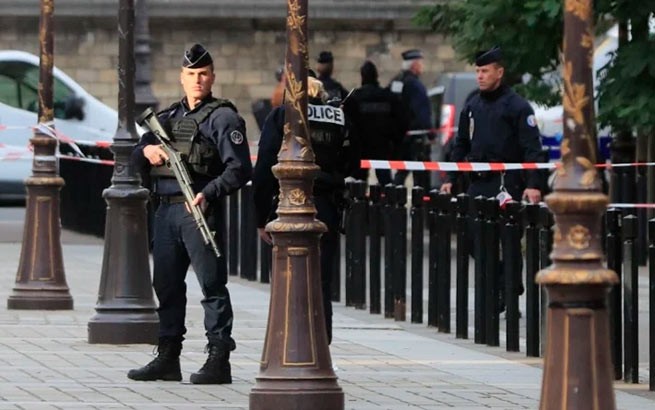Not even a day has passed since the President of the British Museum (by the way, the world’s largest collection of stolen art) hinted at the possibility of returning the Parthenon sculptures to Greece.
Not so much because fabricated Elgin’s secretary was the firman of the Turkish Sultan, so much so that the Ottoman authorities of that time did not have the right to sign something like that against the will of the Greek people, who were never asked about it. And even if Greece was then an independent state, and its government signed the export document for them, this crime should not have been committed.
The Parthenon can only be Greek, but it’s not only Greek, it’s a World Heritage Site, and the respect required of such a monument dictates that it should be on the site of its creation, as intact as possible.
More and more Britons understand this and do not insist on the legality of their theft, emphasize her immorality. The question that arises with this change and until repatriation occurs is what to do with the chaotic void they will leave in the main hall of the British Museum. It is quite possible that a solution has been found, and technology can provide it.
Roger Michel, head of the Institute for Digital Archaeology, a research lab at the University of Oxford, believes a 3D printer could be the solution. Unlike devices known to us today, which use polyurethane or some other synthetic material, this is, in fact, a sculptor robot that can give the marble the desired shape and does it. The first example of his work was already beginning to take the form of a horse head, one of the most detailed and famous monuments in the Elgin collection, and was used to reproduce the sculpture, like the original. Pentelian marble.
The intention of Roger Michel’s team is to make replicas of all the stolen sculptures that could replace the originals after their repatriation and long-awaited reunion with the rest of the sculptures in the waiting room of the Acropolis Museum.
With the help of these copies, perhaps the last British argument in favor of perpetuating this crime against Greek as well as world cultural heritage will be closed. Will this time come?







More Stories
The Olympic flame will arrive in Athens on Saturday. Which roads will be blocked?
A participant in the Olympic Truce Road race has died
Metropolitan Seraphim spoke out against celebrating Easter together with Catholics